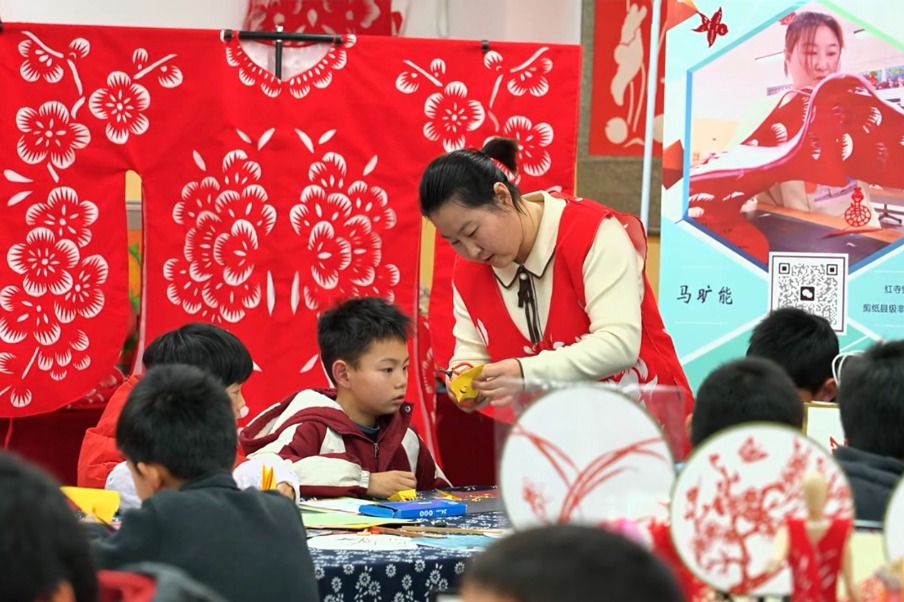Drinking water safety issues in China's rural areas basically solved: white paper

BEIJING - Drinking water safety issues in China's rural areas have been basically solved, said a white paper, titled "Development of China's Public Health as an Essential Element of Human Rights," released by the State Council Information Office Friday.
From 2006 to 2010, the investment in safe drinking water projects in rural areas reached 105.3 billion yuan (15.87 billion U.S. dollars), providing safe drinking water to 212 million rural residents in 190,000 administrative villages, according to the document.
From 2011 to 2015, 121.5 billion yuan from the central government and over 60 billion yuan from local governments were appropriated for safe drinking water projects in rural areas, figures from the white paper showed.
By the end of 2016, the safe drinking water monitoring covered over 85 percent of rural villages, and up to 82 percent of rural residents enjoy centralized water supply, it said.
The state has allocated funds to areas with particular difficulties, and raised the subsidy standards, such as by appropriating 495 million yuan to provide safe drinking water to over 1,400 monasteries, 32,300 monks and nuns and 60,000 other residents with temporary needs in the Tibet Autonomous Region, it added.
- Double-amputee food delivery rider inspires online
- Stanford University economist praises progress in China's rural health system
- China's Red Cross boasts 3.5m registered volunteers and 34,000 service organizations
- Chinese gamer recreates Old Summer Palace in Minecraft
- Taiyuan ski resort reflects thriving ice-snow economy
- Lhasa's dancing yak mascots become online sensation





































